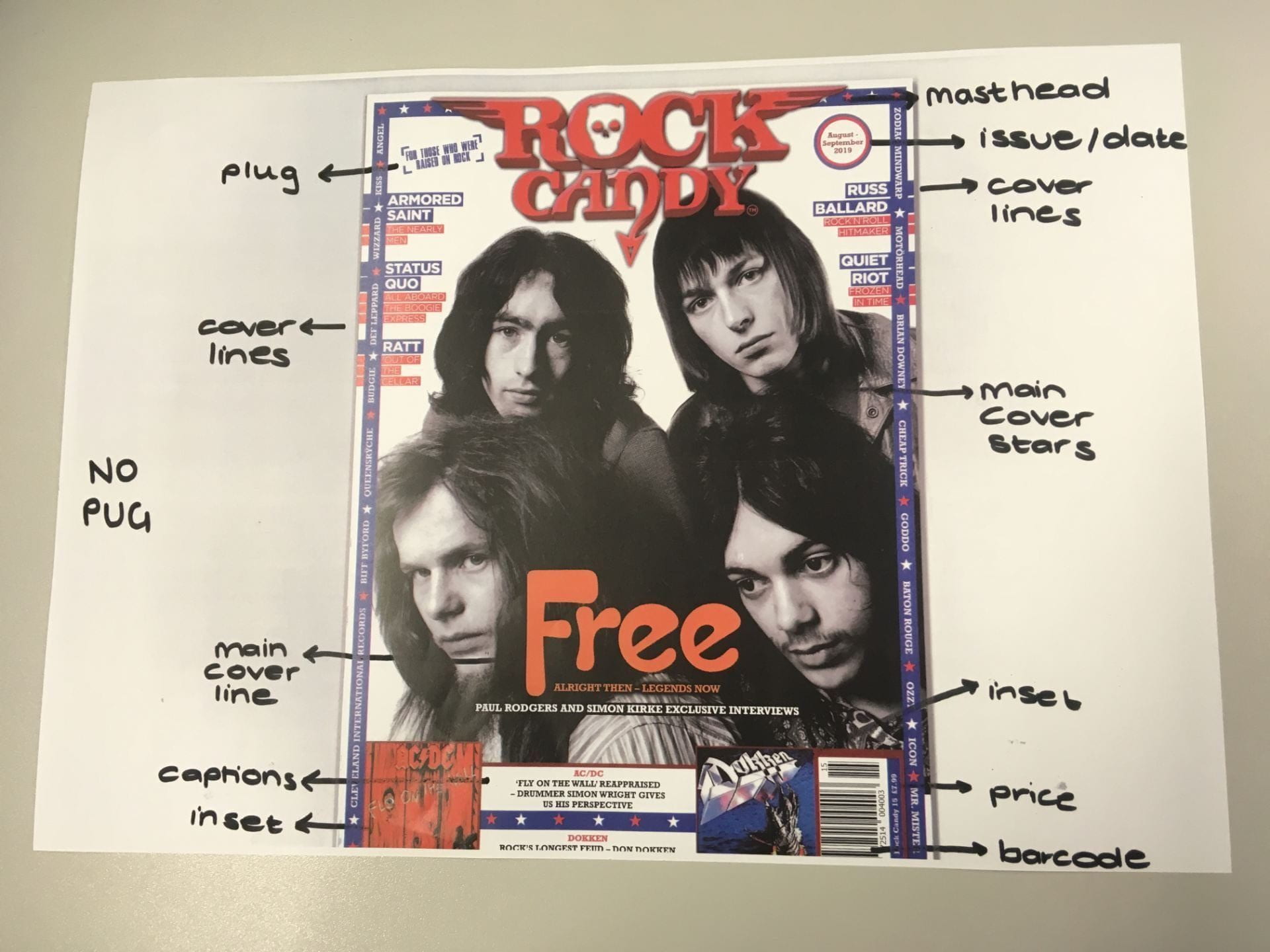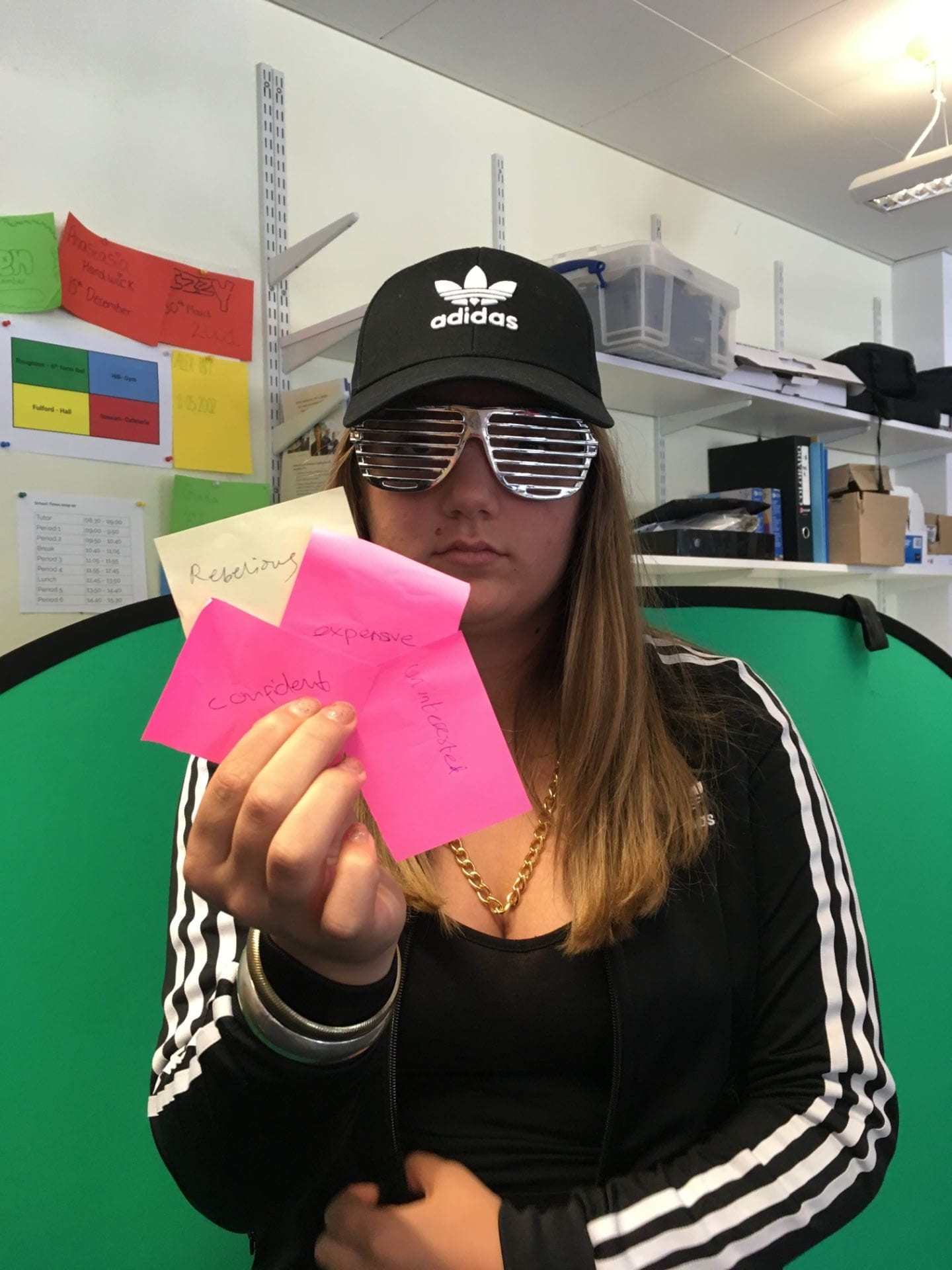In preparation for our music magazines, we began to look at photography and how to work a DSLR. I learnt that there are 3 very important factors to taking a photo:
- ISO (controls the cameras sensitivity to light and grain)
- Aperture (controls the size of the hole and therefore how much light comes in)
- Shutter Speed (the length of time the shutter is open for)
We then went to practice taking some photos and using these settings. Our aim was to use different:
- Camera angles
- Framing
- Composition
- Distance
But also to capture a narrative in our photographs!
My group got on well and we manage to master the settings of a camera! Here are the images we took below.




In our images, you can see where we have changed the camera settings, for example some were too bright so we lowered the ISO to reduce the light.
We tried to convey a narrative in our photos, as this was our main task, some worked betters than others. We also included the following in our photographs:
- High vantage points (photographer stood above the subject)
- Low vantage points (photographer stood below the subject)
- Close ups (shot was framed and focused very close to subject)
- Long shots (shot was framed far from main subject)
- Long depth of field (all of subject and background in focus, aperture of f11 and above)
- Shallow depth of field (only main subject in focus and background not in focus, aperture of f5.6 and below)
To convey the narrative we used facial expressions, gestures and lighting. For example we used a darker lighting in the image to create a more sombre mood, and the hand gesture of reaching through the bars to show that she was trapped and could not get out.
We also used the camera to help to show a narrative, using camera angles, distance and composition:
CAMERA ANGLES: this is the position that you are taking the photo from, and is very important to demonstrate a narrative. If the subject of the photograph is positioned below the camera (e.g. at the bottom of the stairs and the camera is at the top) it presents a sense of vulnerability about the subject. It also gives a sense of power to the camera.
DISTANCE: this is the position of the camera to the subject, this is mostly demonstrated through a extreme long shot, long shot, middle shot or close up. A extreme long shot/long shot can be used to present a sense of abandonment and loneliness. A close up can also be used to show a significant small detail, which would not be noticed in a longer shot such as something held in the hand/ a facial expression.
COMPOSITION: this is a very important factor in telling a narrative. A few examples are the rule of thirds, depth of field and lead space. The rule of thirds is a guideline applied to film and photography. It divides the photograph into 3 columns and rows and helps to draw ficus to the important factors and stop confusion. The depth of field also draws focus as you can blur the background to draw focus to the main subject, or allows focus to the whole scene/photograph, this is achieved by changing the aperture. Finally lead space allows somewhere for the narrative to go sand continue, it intrigues the reader instead of cutting the narrative of. For example somebody walking would be placed left of the frame to allow them to have space to walk into.
I think that our shoot went very well! We managed to capture some good, and varying images demonstrating the different compositions of a photograph. We also learnt a lot and how to use the camera settings to out advantage!









